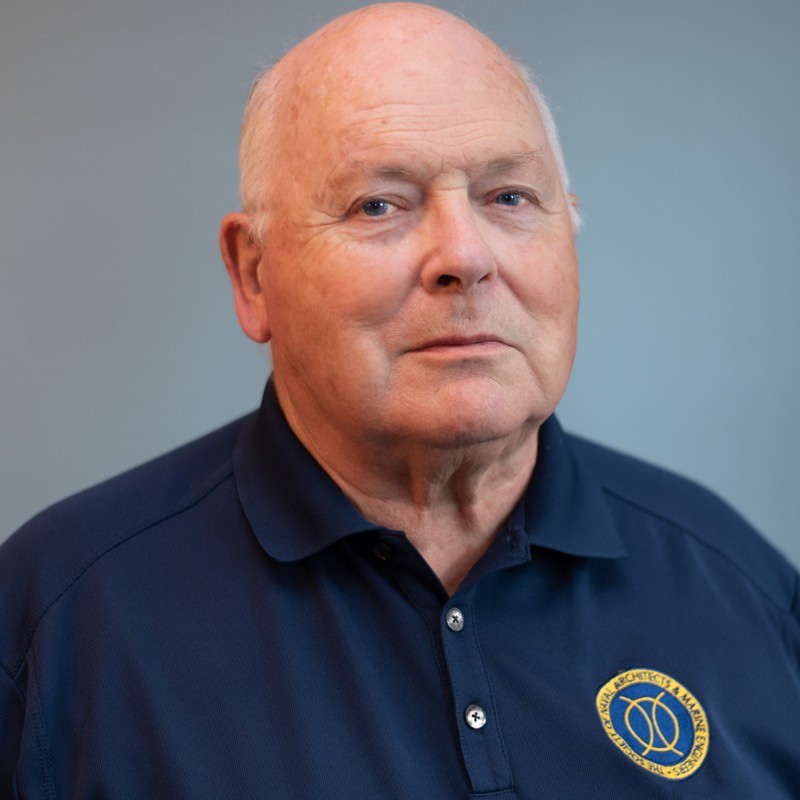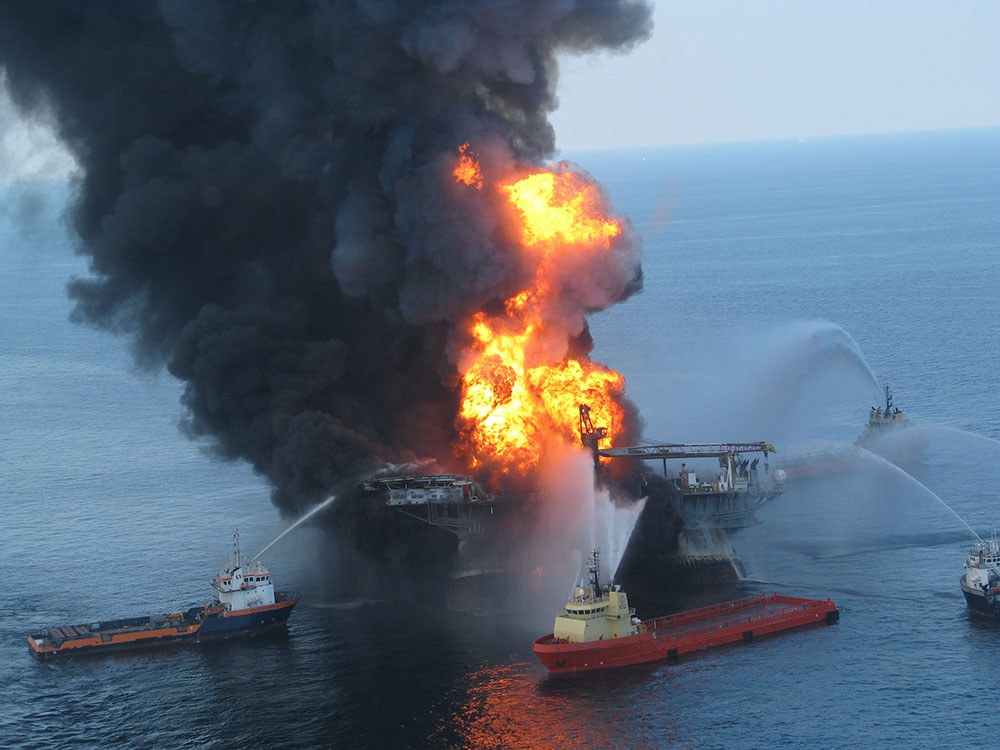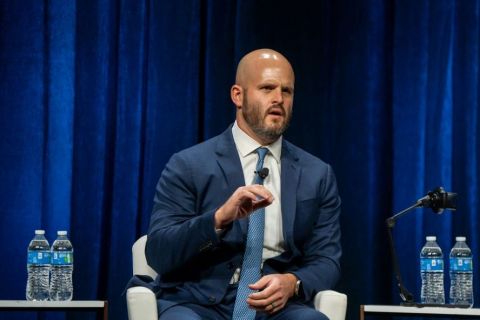It is not uncommon to see or hear news about billion-dollar offshore oil and gas projects submerged in thousands of feet of water, but that’s not where the industry started. The energy industry had to crawl before it could walk, and walk before it could dive into deep water. It had to work its way up to these thousand-feet-deep projects.

“When I started this business in the late ’60s, early ’70s, a couple hundred feet was kind of the water depth [where we were] dealing with, maybe a few in the North Sea or here in the Gulf of Mexico,” Peter Noble, a former naval architect with over 50 years of experience, told Hart Energy.
During the early days of subsea exploration, jackups were the rig of choice. Having been around since the late 1940s, they were seen as reliable and more than suitable for shallow depth fields. And while jackups have been equipped with upgrades such as X-Y cantilevers, their overall design remains mostly unchanged, and they cannot operate in deep water. But the industry has adapted.
“Over the last 50 years, we’ve gone from a couple hundred feet out to 10,000 feet, and that’s required quite a lot of technology development,” Noble said. “But it’s been driven by the market looking for oil sources and finding them in deep water.”
One such development was the tension leg platform (TLP).
TLPs are platforms with excess buoyancy. These buoyant production facilities are vertically moored to the seafloor by tendons, which make them difficult to install but incredibly stable. This allows the platform to have production wellheads on deck that connect directly to the subsea wells via risers, instead of on the seafloor.
Because of this, TLPs have a simpler well completion, better control over the production from the reservoir and easier access for downhole intervention operations. Despite not being useful everywhere, they are normally situated for water depths between 1,000 ft and 5,000 ft.
However, it was the emergence of the dynamic positioning system that took deepwater exploration developments over the top, Noble said.
Dynamic positioning technology was first used by the CUSS I drillship during Project Mohole in 1961. While Project Mohole didn’t achieve its initial goal of drilling through the Earth’s crust, it unintentionally solved an age-old water depth problem in the oil and gas industry by developing a technology to drill holes in deep water with a rig that was not tethered to the seafloor.
“We could go and drill in 10,000 feet of water without having to put a mooring system down and hold the vessel on the surface, whether it was a semi or a drillship, using thruster systems guided by GPS and various navigation systems.”
The results of Project Mohole were felt far and wide throughout the oil and gas industry. Dynamic positioning helped advance and bring success in deepwater drilling, which in turn led to the creation of TLPs, spars, semisubmersibles, floating production storage and offloading (FPSO) vessels and more in the ’70s, ’80s and ’90s.

And as Richard D’Souza, retired naval architect and industry expert, said, “Most of these breakthrough technologies were the result of smaller companies taking chances and the bigger boys then stepping in.”
Created by Ed Horton of Deep Oil Technology (DOT), a small entrepreneurial company in the 1990s, the idea for production spar platforms came from the spars used in the North Sea for oil storage, such as the Brent Spar.
“There were spars in the North Sea, but they were used for oil storage, not for drilling and production. But [Horton] saw the potential of taking that concept because it’s a vertical cylinder that is stabilized by putting a lot of ballast at the base and it barely heaves,” D’Souza told Hart Energy. “It’s so low that you can bring production risers to the surface.… The heave compensators work to 10 to 12 meters of heave and you can bring dry trees to the surface, just like you do with TLPs and fixed platforms.”
In 1996, Oryx Energy, a sponsor for many of DOT’s projects, partnered again with DOT to upend the world’s first production spar platform, the Neptune spar in the Gulf of Mexico. That same year, Chevron and Exxon made their Genesis discovery in 2,600 ft of water. The only way to produce the field was to use dry trees, making it the perfect opportunity for spar platforms to prove their usefulness.
Risky business
For all the advancements in the installation and development space, the oil industry is still a risky business and has endured a past with tragedies.
“You cannot completely avoid catastrophes … initially we didn’t have the technological sophistication to be able to design and understand the wave loads and hydrodynamic responses or the structural wherewithal to be able to design them safely,” said D’Souza.
“But once we got there, most of the catastrophes have been human failures.”
In 1980, the Alexander L. Kielland drilling rig capsized in the North Sea, killing 123 and resulting in, at the time, the deadliest offshore rig disaster because of improper escape measures. In 1988, 165 people lost their lives when the Piper Alpha oil platform exploded as a result of improper maintenance on a condensate pump. In 2010, the Deepwater Horizon disaster resulted in 11 deaths and one of the largest environmental disasters in recorded history. Each of these disasters were the result of human error and could have been mitigated with proper protocol, D’Souza said.

“If you are classed, then there are certain requirements for inspection and maintenance that you have to comply with. ABS and DNV and Lloyds [Register], they all have the rules. So, you class a bunch society, then you have to satisfy those requirements,” he said.
While meeting these prerequisites can require a lot of operational expenditure, complying with inspection, maintenance and safety regulations of class societies and government regulators have helped to make deepwater developments much safer.
To assist with these inspections and protocols, newer safety technologies have been developed.
“We’ve developed offshore helicopter technology, which helps in transferring people back, and we’ve got better lifesaving devices,” Noble said of the safety advancements around the industry. “On the drilling side, we’ve got better ways to control the drilling processes, which have often been the initiator of a problem or loss of control on a well.”
Recommended Reading
From Restructuring to Reinvention, Weatherford Upbeat on Upcycle
2024-02-11 - Weatherford CEO Girish Saligram charts course for growth as the company looks to enter the third year of what appears to be a long upcycle.
TechnipFMC Eyes $30B in Subsea Orders by 2025
2024-02-23 - TechnipFMC is capitalizing on an industry shift in spending to offshore projects from land projects.
Patterson-UTI Braces for Activity ‘Pause’ After E&P Consolidations
2024-02-19 - Patterson-UTI saw net income rebound from 2022 and CEO Andy Hendricks says the company is well positioned following a wave of E&P consolidations that may slow activity.
ProPetro Reports Material Weakness in Financial Reporting Controls
2024-03-14 - ProPetro identified a material weakness in internal controls over financial reporting, the oilfield services firm said in a filing.
Baker Hughes Awarded Saudi Pipeline Technology Contract
2024-04-23 - Baker Hughes will supply centrifugal compressors for Saudi Arabia’s new pipeline system, which aims to increase gas distribution across the kingdom and reduce carbon emissions






